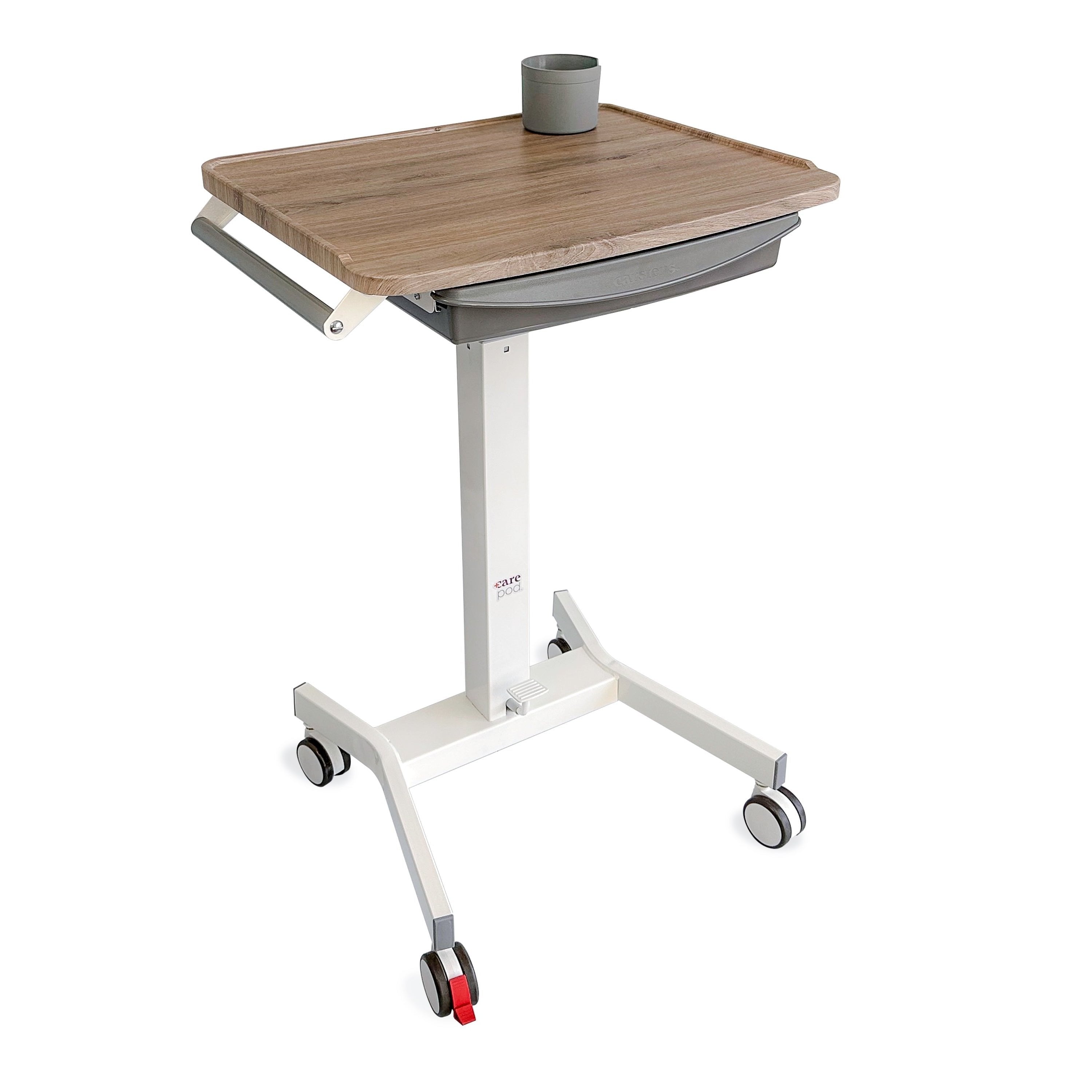Charting provides invaluable details that inform patient care decisions. Without accurate information provided by charting, physicians and nurses are working inefficiently. In best-case scenarios, an already stretched thin and overburdened medical staff is working twice as hard as they need to. And in many worse-case scenarios, important diagnoses and treatments can be delayed.
Reliable charting practices are the solution to improve workflows for the benefit of patients and staff. Whether your facility uses traditional charts or technology, creating systems to keep records up to date is a vital part of providing quality patient care.
Why Charting is So Important
It's difficult to make decisions without all of the information. Patient charting is the collection of all available data in one place that physicians and nurses use to make decisions related to patient care. The average general physician sees up to 20 patients per day. That is a little less than fifteen minutes of face time with each patient when you factor in time for meetings, charting, and other duties.
This means that in order to provide quality care, they need accurate and current information available at their fingertips. Having complete information, including all test results accurately reflected with timely charting, helps limit errors and the associated risk. And since the stakes are high in healthcare, it is important to mention that positive patient outcomes are the single most important reason to use real-time charting.
Related: Centralized vs. Decentralized Medication Distribution
Want to increase the efficiency and productivity of your medical facility? Reach out to the team at Carstens to improve the workflow of your staff!
How Your Practice Benefits from Standardized Charting Procedures
For some, keeping up with the clerical work in healthcare is a burden. It can feel like there are never enough hours in the day, and finding time to chart is next to impossible. Online charting, also sometimes called real-time charting, is touted as a solution. But the reality is that it still requires a hefty amount of data input.
Instead of replacing one format with another, a better solution is creating structured processes and introducing them to your workflows so that whether it is on paper or on a computer, your staff is in the habit of charting as they go.
Reduced Mortality Rates
Deteriorating health conditions often lead to high mortality rates. To improve patient outcomes and reduce the number of deaths, physicians need access to an accurate and up-to-date account of a patient’s condition, including any changes. The best place for that information is in the patient chart and not in the doctor's head.
Improved Compliance
Thorough charting provides a paper trail to document patient care, ensuring documentation for regulatory compliance. Charting satisfies the mandatory compliance requirements while creating a more efficient workflow in other areas of the practice:
- Billing
- Lab Work
- Patient Care
If your facility enforces strict charting procedures, then your staff will be accustomed to documenting and recording information as it is happening.
Evidence-based Care Plans
Through stringent charting practices, your practice will reduce patient deaths, improve overall patient care, and provide evidence-based care plans as indicated by the information in their patient charts.
The medical community spends a lot of time trying to fit patients into boxes that don't always work. And that can make it difficult for patients to feel their complaints are heard. Thorough charting practices allow the inclusion of this type of information so caregivers can focus on evidence-based care plans instead of checklist-based medicine.
Related: The Ultimate Guide to Improving Workflow in Healthcare
Common Mistakes in Patient Charting
The most common pitfalls of patient charting are unintended clerical errors. Nurses and physicians should be especially mindful of these common mistakes.
- Failing to record medical or drug history.
- Missing documentation on previous treatments.
- Not keeping an accurate record of medications as they are administered.
- Recording data on the wrong chart.
- Failing to note when medication is discontinued.
- Missing notes about drug interactions or side effects experienced by the patient.
- Transcribing orders incorrectly.
Related: Trends Impacting the Design of Healthcare Environments
Challenges of Patient Charting in Healthcare
In the fast-paced world of healthcare, caregivers can find it hard to simultaneously treat patients and keep up with clerical tasks. Charting may not be natural for some staff members and feel burdensome when the patient demand is high. Unfortunately, this can lead to negative outcomes and insufficient care. Training your caregivers to chart accurately will be critical for successful implementation when your healthcare facility is busy.
Delayed Documentation
Ineffective charting hurts patient care, delays treatments, and costs money in lost billing. And in more severe cases delaying documentation can lead to negligent care and potential fraud. At any rate, seemingly minor errors can be costly for your medical practice, which makes a strong case for enforcing charting procedures.
Miscommunication Between Medical Staff
At the risk of medical malpractice, poor charting habits can lead to miscommunication between doctors and nurses. These miscommunications are often based on missing or incomplete chart information and may lead to treatment plan errors like administering the wrong medication or giving an incorrect dose. When 10% of patients die in the US from medical errors, charting becomes vital to reduce the risk of medical errors and potential malpractice lawsuits that can cripple your practice.

Check out Carstens for some of the best charting supplies in the market !
Is Digital Charting More Effective?
Not necessarily. Both hard copy and digital charts require tedious data entry. While the digital solutions have a few more bells and whistles like patient alarms and reminders, they only work well if the data is input in the first place. In many circumstances, you may want both because hard copy charting can validate and enhance digital charting.
As far as the time it takes to complete charting, the time commitment is similar using either method. Medical practices should use whichever method is the best fit for their practice while focusing on enforcing standardized charting procedures instead of spending money on new software.
The Bottom Line
Staff-wide acceptance and compliance with good, structured workflows that include allocated time for charting with each patient are an ideal way to keep patients safe, improve nurses' workload, and boost resource development. In the end, everyone in the medical industry will see improvements for years to come.
Do you need help adding that must-have equipment for your medical office? Go to Carstens to browse their selection of products!






